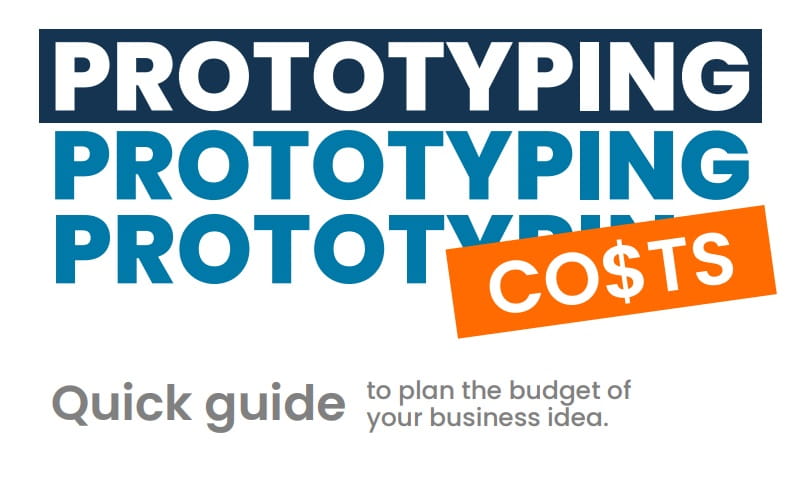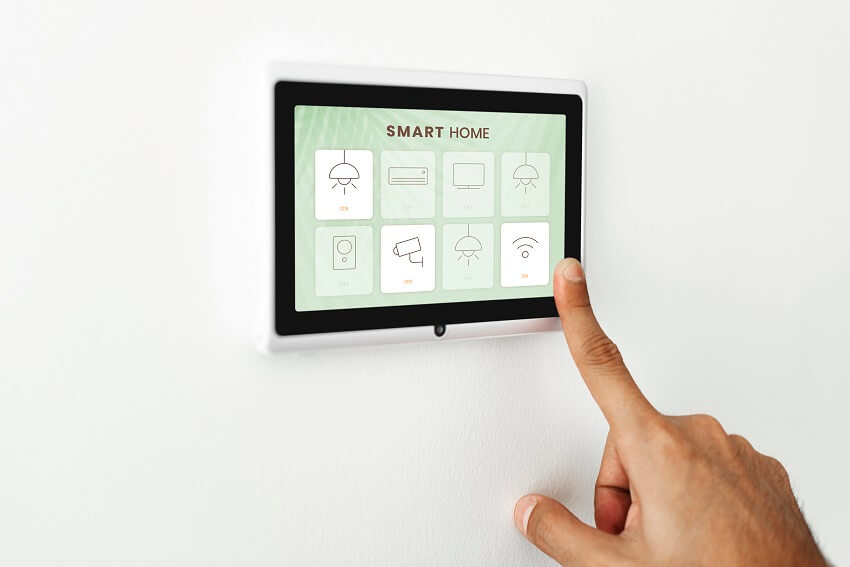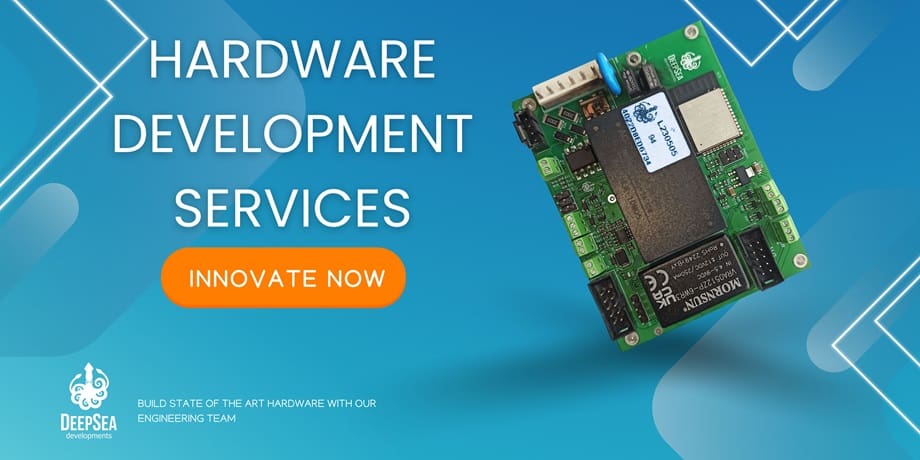Probably you are investigating the Internet of Things because you want to know some IoT devices examples in daily life, another reason could be because you want to develop a new product for your startup or business. We want to share with you some cool examples so you can get inspired and know more about IoT.
Most popular IoT devices examples
What a better way to understand what technologies are using IoT than checking your home, where gradually new devices have been entering houses to make life easier.
The importance of IoT is growing every day because it saves time and allows people to automate certain tasks. Remember that an IoT device is connected to another device thanks to the internet, and this connection allows you to control the device, gather data, or know the status of the product.
1. Smart washing machines
Washing machines have evolved over the years, now they allow the users to control almost everything from the phone. According to Samsung, there are models that alert you on the phone if the soil level of the clothes is high, and then recommend a different washing cycle to improve the cleaning process. Another feature is to receive alerts when the detergent levels are low, and so, buy more at the supermarket.
Washing machines can now be controlled from your phone, and allows you to program when to wash your clothes, even if you are at the office.
A great thing about this home appliance, and others that we mention here is the energy efficiency capabilities they include.
2. Smart TVs
TVs are probably one of the best examples of iot devices at home. This entertainment device has gone through many changes over the years. When TV channels became boring for people, new additions came, like VHS, DVDs, and blu-rays. However, the internet advanced, and so did the streaming services.
Nowadays, TVs have wifi integrated and allow you to connect to the internet, you can even share videos, pics, or the screen of your phone. You can speak to it and ask for specific videos you want to watch.
TVs now are an essential part of the IoT devices you must have at home.
3. Vacuum cleaners
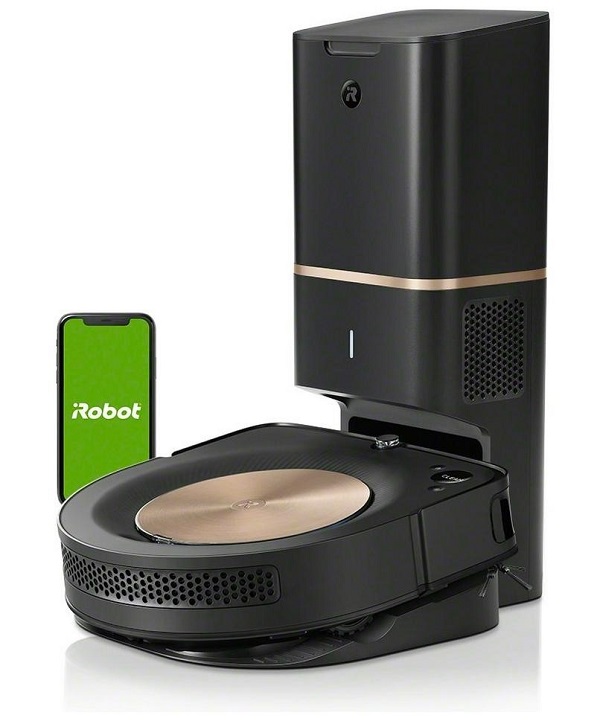
Source: irobot.com
According to techradar, the best vacuum cleaner so far is the irobot roomba s9 plus.
This IoT device allows the user to program the cleaning, and the robot does the rest with great results (even on the hardest places). This device even has a self-emptying feature, that is, the robot itself goes to the charging station and deposits the dirt into a replaceable dust bag.
This robot also has integration with Alexa and Google assistant so you can set it up from there.
4. Smart toothbrush
There are some opinions in favor of this product, and others that think a regular toothbrush, or even an electric one could have the same benefits. However, putting that aside, let’s see why it is called a smart toothbrush.
Some people really don’t have time to think about the specific moment of brushing their teeth, or when they should change it for a new one. On the other hand, the difference for a good mouth cleaning depends on the technique the person uses.
Among the IoT devices examples of this article, smart toothbrushes arise as an interesting bet for educating people in how to use this product to keep a good oral health. This device would connect to an app on the phone and show the user when a specific area of the mouth is clean. Also, the app shows the users when they need to brush their teeth or when to change the head of the product for a new one.
Remember the goal of technology is to facilitate the life of people, and this is a product that is contributing to that purpose.
5. Smart lights
Smart lights, really? Well, why not? Energy is raising its costs, and being able to control the energy levels at home would be a great benefit in the long-run.
You can control everything from your phone, even when you are not at home, you could set the lights to turn on at a certain time, maybe to persuade potential thieves to stay away from your house.
Tom’s guide mentions the best smart lights in the market, and specifies that some of them can connect to Google assistant, Alexa, or Siri, and you can give voice commands to control them; aspects like intensity, color effects, among others.
6. Pet finders (tracking devices)
Are you looking for perfect examples of IoT in daily life? Pet finders, or tracking devices for pets are very popular nowadays.
In fact, we wrote an article about electronics rapid prototyping for a dog collar with a cloud app.
Apple launched a new product called Airtag, “a small and elegantly designed accessory that helps keep track of and find the items that matter most with Apple’s Find My app. Whether attached to a handbag, keys, backpack, or other items.”
This device may not only be used for items like bags, or keys. It could also be attached to the collar of a dog or cat, and through the app, monitor the current location of the pet.
7. Smart baby monitor

Source: Amazon
One of the most interesting IoT devices examples in daily life are the ones related to the babies. Since IoT devices interest has grown in people, it has opened many options for a market which hasn’t been explored enough, baby monitoring.
IoT worlds made a list of the best smart baby monitors, and mentioned one that caught our interest.
A company called Nanit developed a smart baby monitor device that allows it to track sleep patterns of the baby, growth, breathing, room temperature, and humidity. With some added equipment, the data collection is possible: smart sheets, breathing wear, and the app.
This device may look unnecessary to some people, but remember, we are in a new era, where information is important, and people can make decisions upon it.
Parents want the best for their children, and if IoT devices can help in that aspect, they will gladly acquire products that allow them to do so.
As you could see in this article, IoT devices in daily life are increasing their features and potential thanks to the IoT technologies. If you are a business owner, entrepreneur, or CEO and are thinking about launching an IoT device in the market, consider all alternatives that were mentioned here, and start innovating. You can do that with top hardware development companies like DeepSea Developments that provide reliable hardware development service.
We also have some blogs related to IoT in other areas if you want to get more ideas for your project:
Additional IoT devices examples
There are more IoT devices examples to check, but we would have to expand a lot on this article, however, we thought it was worth mentioning some of them: Smart thermostats, home security systems, smart lighting, smart plugs, voice assistants, smart locks, smart smoke detectors, and smart garden systems.
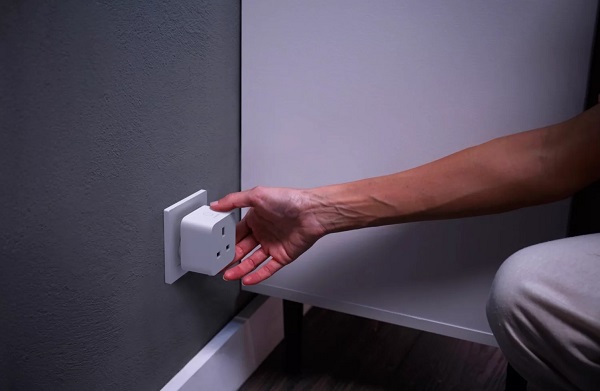
For instance, you can plug any device into a smart plug, and you can control it remotely or schedule its operation. This allows you to easily turn off devices that are connected to the smart plug, manage energy consumption (see IoT energy solutions), and create automation routines.
Smart plugs are a great ally for home automation, and they are really useful for devices like lamps, fans, and coffee makers.
Smart locks are pretty cool as well, you can create virtual keys for family members or guests, monitor access history, and receive notifications when someone enters or exits your home. With added security features like tamper alerts and auto-locking, smart locks provide peace of mind and convenience.
Do you need to plan the budget of your IoT project?
Download our Prototyping Costs Quick Guide, analyze in which stage your IoT device is, and plan your budget for IoT product development accordingly.
